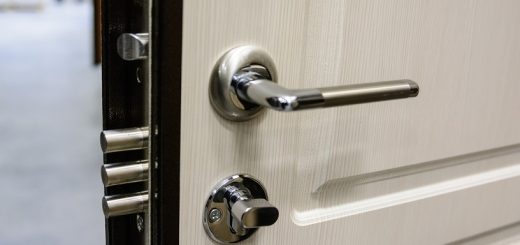5 Ways Cold Weather Harms Your Roof
Cold weather can wreak all sorts of havoc on your home in general. But it’s typically the roof that bears the brunt of the damage, particularly during harsh and long winters.
Wind, ice, snow, rain, and hail can harm your roof in different ways and to varying degrees. Knowing what types of damage your roof can sustain during the cold winter months will help you avoid them.
Here are the five most common types of winter roof damage:
Snow damage
Snow can ruin your roof in different ways. First, the weight of it can cause shingles to break and parts of the roof and gutter to detach from the roof structure. Even just a few inches of snow can cause problems, especially if your roof has existing weaknesses.
Second, the heat from your home can melt snow fairly quickly. Melting snow can enter through tiny cracks in the roof and cause leaks inside your home. This is particularly problematic if your house has a flat or low sloped roof that doesn’t allow snow to fall easily down the sides.
Third, clearing the roof of snow often damages the roofing material. Some homeowners use shovels, which isn’t a good idea as it can break the shingles. Others use rock salt, which can cause the nails on the roof to corrode.

Ice damage
Ice can build up and create dams that block your drains and gutters, causing water to overflow and enter your roof. Accumulated ice can also compromise the waterproof material that seals the edges of skylights and vents.
Water damage
Rain can cause serious structural issues. When your gutters are blocked by debris or ice, water will overflow and pool on your roof. It will then make its way inside through pre-existing holes and gaps.
Water will then damage your ceilings, drywall, and floors, sometimes requiring extensive and expensive repairs. It can affect your electrical wiring, cause wood rot, and accelerate the deterioration of your roof and ceiling. Trapped moisture can cause mold and mildew growth that can affect the health of your family.
All types of roofs can sustain water damage, but flat and low sloped roofs are particularly susceptible.
Wind damage
Strong winds can weaken or tear off shingles, flashing, and other parts of the roof. Winter winds can be even more destructive when they are accompanied by sleet or hail. The small bits of ice carried by these winds can loosen shingles and make them easier to blow off the roof.
Gusty winds can topple tree branches, entire trees, and electrical poles. If they fall on your roof, they can compromise its integrity. You may then have to replace the whole thing.
Hail damage
Hail can leave metal roofs with unsightly dents. It can weaken shingles, cause cracks that can lead to leaks and water damage, and weigh your gutter down, detaching it from the roof.
Your roof goes through a lot in the colder months. To make sure that it stays intact, have a reputable roofing company inspect your roof in late autumn. Professional roofers are experts at checking for leakage points, blocked gutters and drains, signs of broken or loose shingles, and other roof issues that will need to be fixed before winter arrives.


















